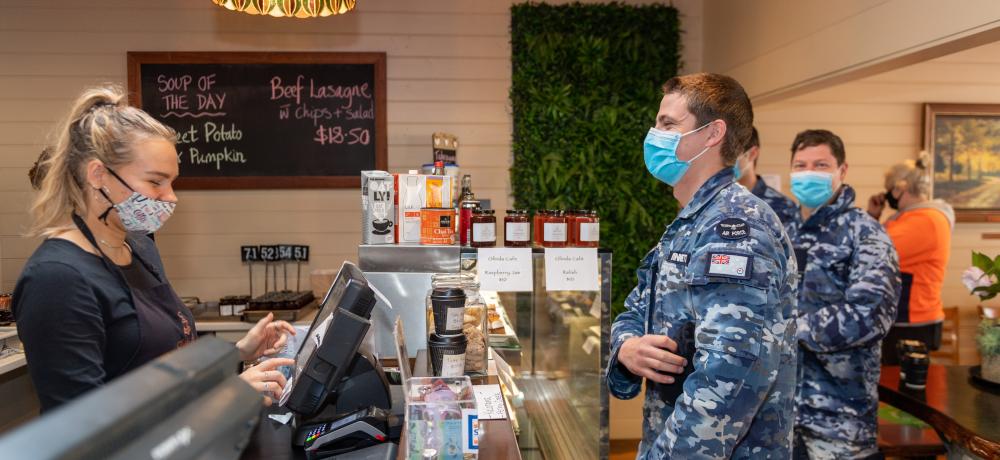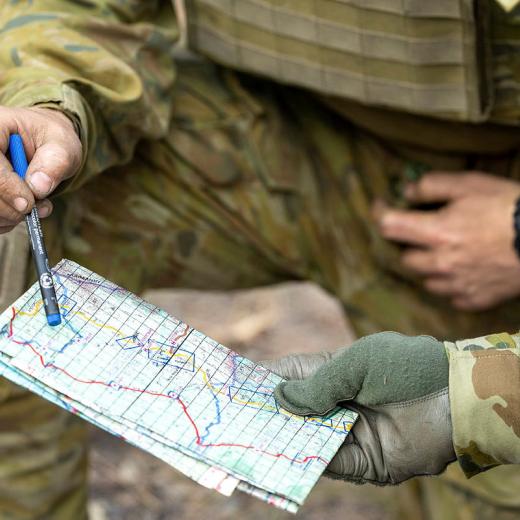BLUF
Despite the negative opinions of some coffee aficionados, decaffeinated coffee is growing in popularity.Summary
ABC journalist Patrick Wright believes that in a coffee-obsessed nation like Australia, asking for decaf at your local café is 'much like asking for a water at the pub'. However, despite Wright's sentiments, the fact is that decaf is increasing in popularity, and many cafes are now stocking specialist blends. But what is decaf coffee, how is it made, and how much caffeine are we getting in a cup?
Removing caffeine from coffee beans isn't a simple task, and there are several different methods.
The direct method involves steaming green coffee beans then repeatedly rinsing them with a chemical solvent to extract the caffeine.
After the caffeine is extracted, the beans are steamed again to remove the solvent.
The most common solvents are methylene chloride and ethyl acetate—chemicals used in paint strippers, adhesives, and other industrial applications (this may sound concerning, but these chemicals are permitted under Australian food standards).
If you're looking for chemical-free decaf, you can opt for Swiss water-processed coffee, which involves extracting caffeine from green beans using only water and charcoal.
The different processes involved in producing decaffeinated coffee is why decaf can cost twice as much as regular coffee.
The average decaf coffee contains between two and six milligrams per 250-millilitre serve. An espresso coffee, such as a latte, has 105–100mg per 250mL serve. Put, the average cup of decaf contains about 96 per cent less caffeine than regular coffee.
References
Mar 2020 ABC Everyday Can you be addicted to coffee? And is it really that bad for you?
Apr 2021 Science Daily Espresso, latte or decaf? Genetic code drives your desire for coffee
Jul 2021 The Guardian The invisible addiction: is it time to give up caffeine?




